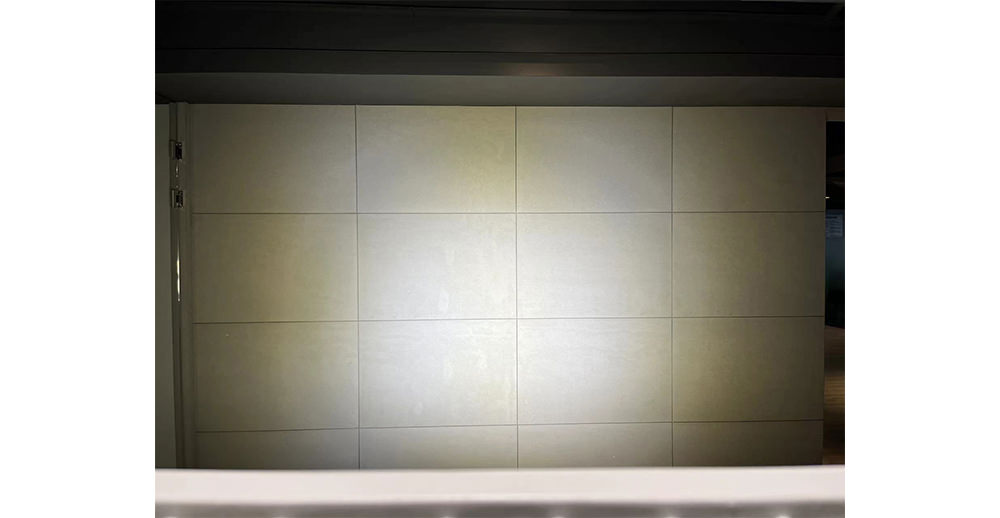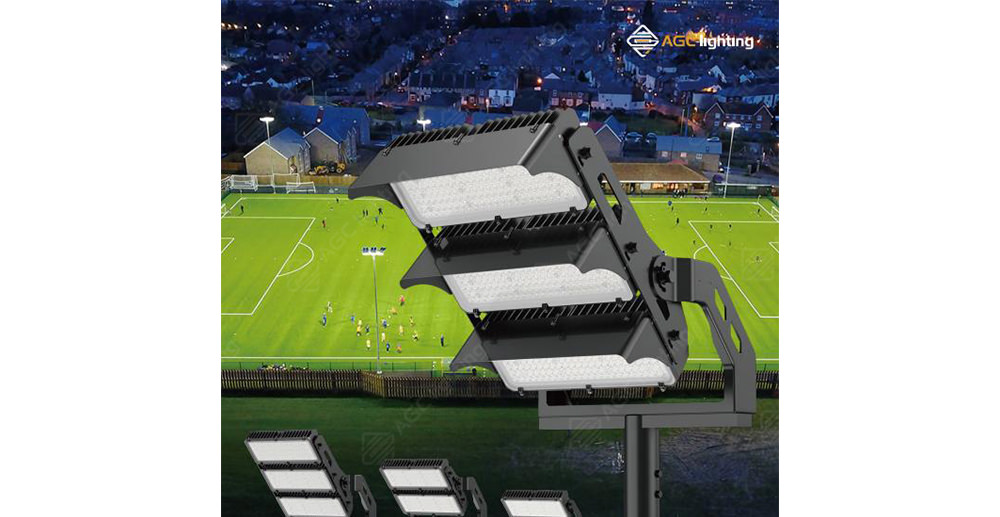Light-emitting diode (LED) technology has revolutionized the lighting industry with its energy efficiency and longevity. However, users occasionally encounter a phenomenon known as LED light spots, where small, concentrated areas of light appear on the illuminated surface. Understanding the causes of these spots is crucial for addressing and preventing this issue.

Causes of light spots
1. Chip Size and Density:
LED light spots can be attributed to variations in chip size and density on the LED module. In some cases, certain areas may emit more light due to irregularities during the manufacturing process. This uneven distribution can lead to hotspots and visible light concentrations.
2. Heat Dissipation:
Inadequate heat dissipation is a common cause of LED light spots. LEDs generate heat during operation, and if the heat is not effectively dispersed, it can create localized bright spots. This may occur when the cooling system is insufficient or if the LED is installed in a confined space without proper ventilation.
3. Power Supply Issues:
Fluctuations in power supply can impact the uniformity of light emitted by LEDs. Variations in voltage or current may result in certain LED chips operating at different intensities, leading to the formation of light spots. It is essential to ensure a stable and consistent power supply to prevent such issues.
4. Optical Design Flaws:
The design of the optical system, including lenses and reflectors, plays a crucial role in distributing light evenly. Poorly designed optics can cause light to be concentrated in specific areas, creating spots. Careful consideration of optical components during the design phase is essential to mitigate this problem.
5. Material Quality:
The quality of materials used in LED manufacturing can impact performance. Inconsistent materials or impurities in the phosphor coating, for example, may result in variations in light output. Manufacturers must maintain stringent quality control measures to ensure uniformity in LED production.
Light Spot Solutions
1. Improved Manufacturing Processes:
Implementing more stringent quality control measures during the manufacturing process can help reduce variations in chip size and density, promoting a more uniform light output.
2. Enhanced Heat Dissipation:
Upgrading the heat dissipation system, such as using advanced cooling technologies or ensuring proper ventilation in installations, can prevent localized overheating and reduce the occurrence of light spots.

3. Stabilized Power Supply:
Employing stable power supply systems, such as voltage regulators and surge protectors, can help maintain consistent electrical conditions, minimizing the impact of power fluctuations on LED performance.
4. Optical System Optimization
Careful consideration of optical design, including the use of high-quality lenses and reflectors, can help distribute light more evenly, minimizing the formation of spots.
5. Quality Assurance:
Manufacturers should prioritize the use of high-quality materials and conduct rigorous quality assurance testing to ensure that LED products meet performance standards and provide uniform illumination.













